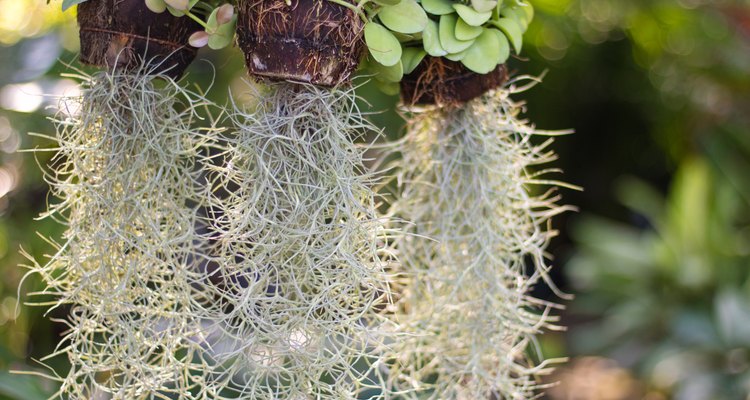
watchara_tongnoi/iStock/Getty Images
Spanish moss, also known by its scientific name Tillandsia usneoides, is not a member of the moss family, or even native to Spain, but rather is a flowering plant classified as a bromeliad - a member of the pineapple family.
Spanish moss has figured largely for generations in North and South American folk medicine traditions as a treatment for a wide variety of medical problems; several of these problems --particularly diabetes and skin conditions -- are believed by many alternative medicine practitioners to be effectively treated by Spanish moss.
However, these claims have not been backed by scientific evidence, and Spanish moss use is not advocated by the Food and Drug Administration.
Aspects
Spanish moss is an epiphyte, a plant that gains its nutrients not from soil or from a host plant or tree, but directly from the air. It is also known by the common names graybeard, old man's beard, grandfather's whiskers, spanish beard, and Florida moss.
According to the Beaufort County Library website, Spanish moss grows on supports like tree branches, fences, buildings or poles and thrives primarily from the southeastern region of the United States to the upper portion of South America. It is commonly found on mature live oak trees, and is used by birds as nesting material.
Traditional Uses
The USDA National Resources Conservation Service reports that Spanish moss was used by Native Americans as a fiber to create blankets and ropes, as stuffing for mattresses and as an ingredient in the clay-based plaster used to cover the inner walls of houses.
Spanish moss was boiled, brewed into a tea and administered as a treatment for fevers and chills by the Hourma and Natchez tribes, two Native American groups from Louisiana.
Native groups throughout South America used Spanish moss teas for treating contraction pains in women giving birth and to ease rheumatism.
Today, common uses of Spanish Moss often include mulch, and packing material, and dry moss works as excellent tinder.
Diabetes Benefits
The Beaufort County Library website reports that the ability of extracts of Spanish moss to alter blood glucose levels was studied by researchers in 1998 at the Northeast Louisiana University.
This study and several others, according to the Lady Bird Johnson Wildflower Center located at the University of Texas at Austin, have found that this moss plant contains a compound that may help control blood glucose levels.
The compound, 3-hydroxy-3-methylglutaric acid or HMG, is used as a major ingredient in several natural diabetic supplements.
Skin Benefits
The Medical News Today website reports that Japanese cosmetics researchers from the Noevir Company believe that certain extracts from Spanish moss appear to strengthen the small blood vessels, or capillaries, in skin as well as protect them from damage.
In addition, the researchers reported that their studies indicated the Spanish moss extract inhibited the breakdown of skin cells. Together, these results have led many to believe that Spanish moss contains compounds that can prevent the effects of aging on skin.
Warning
As an alternative medicine ingredient, Spanish moss use has not been approved for any specific medical treatment by the Food and Drug Administration. The FDA strongly encourages all potential users of any non-approved substance to consult their physicians and discontinue use if they experience any symptoms resembling an allergic reaction, including difficulty breathing, unexplained swelling or skin rashes and hives.
Spanish moss is also often home to chiggers, so take caution when it comes to harvesting and propagation.
Related Articles

What Are the Benefits of Extrapone ...
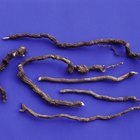
Benefits of Indian Sarsaparilla

What Does Kigelia Fruit Extract Do for ...

Chinese Remedies for Lines & Wrinkles

How to Cook Mixed Greens

How to Make Calendula Tea

Chamomile & Aloe Skin Care
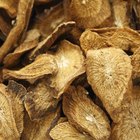
Burdock Root for Hair

Aloe Vera Gel As a Wrinkle Reducer

How to Julienne Jicama

The Benefits of Lemongrass for Skin

Manuka Honey & Rosacea

How to Name a Baby According to Islam

Traditional Clothing in Hawaiian Culture
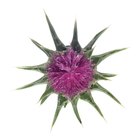
Does Milk Thistle Lower Liver Enzymes?

Chasteberry for Acne
How to Cook Brussels Sprout Greens

Natural Ways to Get Rid of Scabies
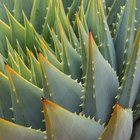
What Are the Benefits of Aloe Vera & ...
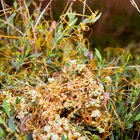
Traditional Uses of Cuscuta
Writer Bio
Michelle Kerns writes for a variety of print and online publications and specializes in literature and science topics. She has served as a book columnist since 2008 and is a member of the National Book Critics Circle. Kerns studied English literature and neurology at UC Davis.
Photo Credits
watchara_tongnoi/iStock/Getty Images